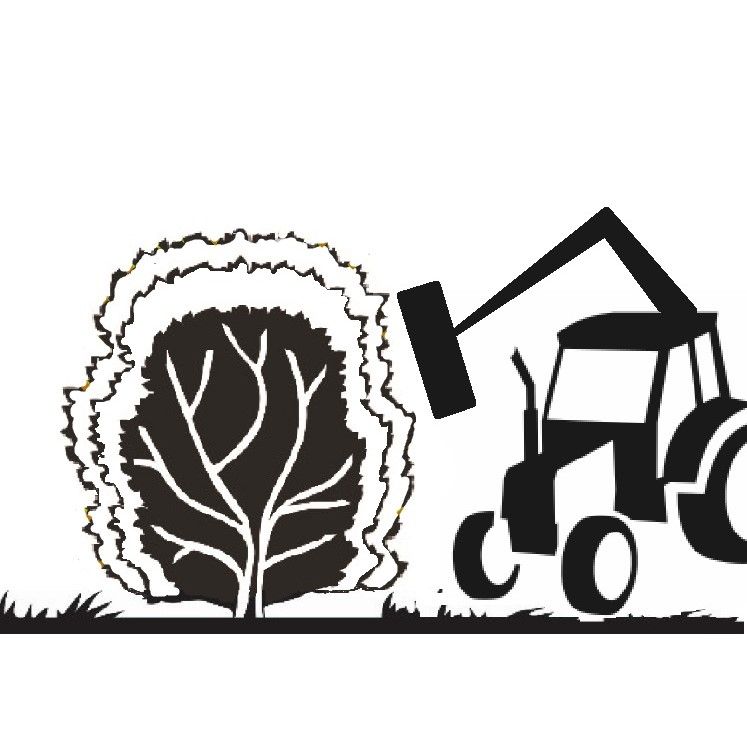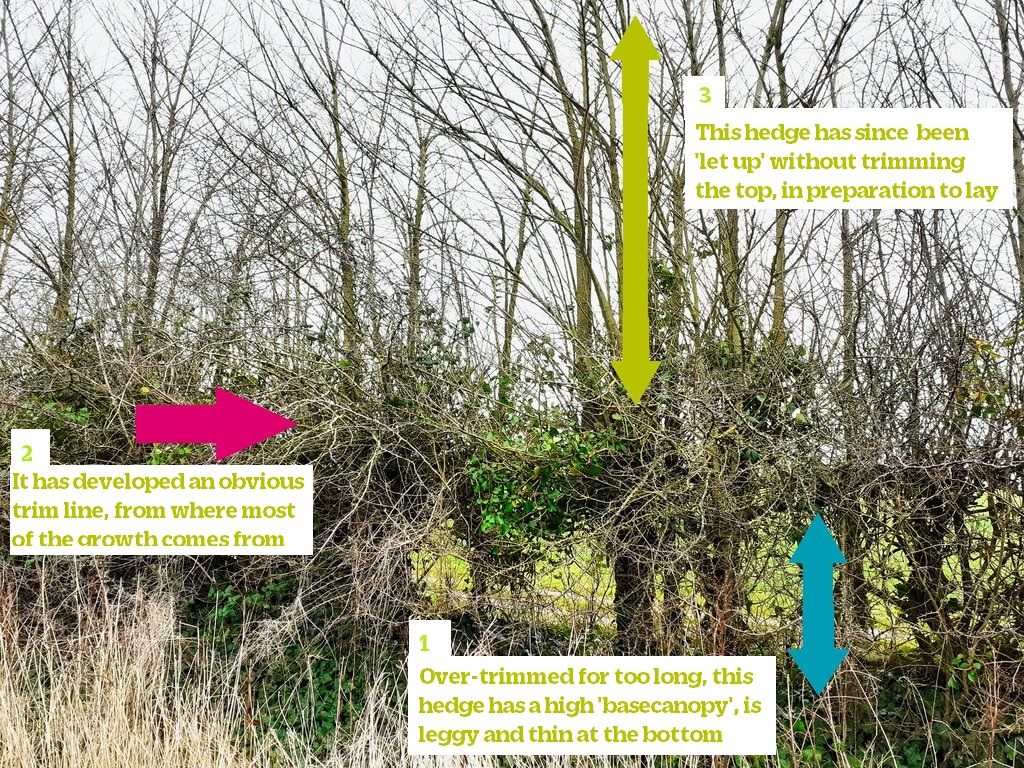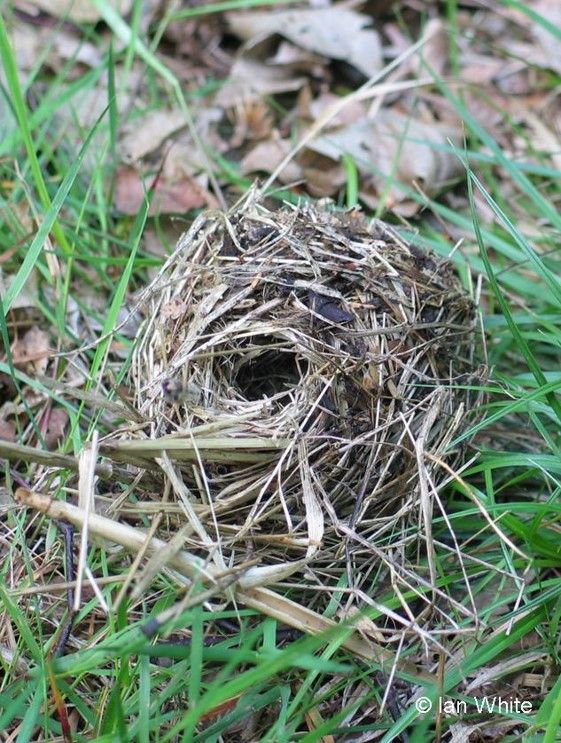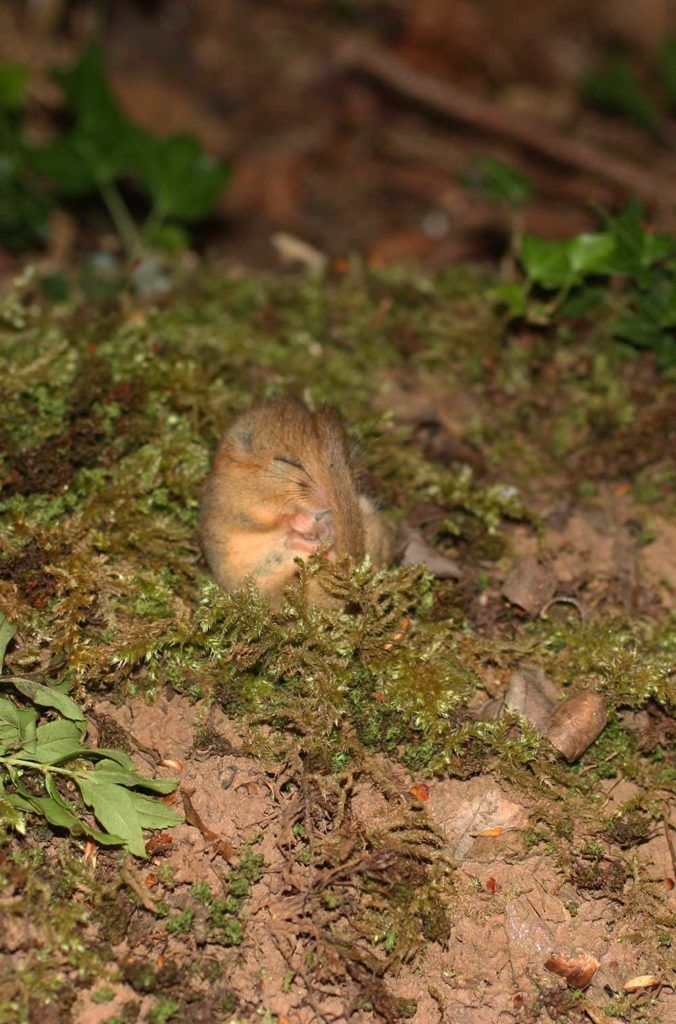Winter is a great time to assess the health of your hedges. Without their leaves, it’s easier to see the structures and little indicators that it might need a change. Winter is also a great time for hedge management, both hedgerow trimming and larger scale rejuvenation such as laying or coppicing.
Winter hedgerow management
Cutting in January or February, where soil conditions allow, means wildlife will have had all autumn and winter to make the most of the hedgerow larder. You may even see flocks of fieldfares and redwings, winter visitors who come to the UK to feed on such fruit abundance.

The other reason cutting hedgerows in winter is preferable is that they will be dormant. This gives hedge foliage more of the year to photosynthesize than if they were cut in autumn, putting less stress on the plants themselves. It also means you can see the hedge structure when cutting, which can help you more accurately cut to the appropriate size.
Ideally, hedges should always be cut slightly higher and wider at each cut. We call this incremental trimming as it allows the hedge to grow up incrementally. Whether you cut on an annual basis, or as part of your two or three year rotation, this approach comes with benefits both to your hedge structure, and to wildlife.
Hedge structure benefits
- Maintaining the hedge density allows for more leaf cover which may help reduce the stress of trimming on the hedge plants, and may slow hedgerow thinning.
- Trimming higher and wider reduces the accumulation of scar tissue (known as a ‘knuckle’) at the trim line. This knuckle tends to be where much young growth arises and can lead to damage of the hedge structure lower down.
- Incremental trimming means your hedge is still slowly moving through its lifecycle; which is crucial to its long term survival. If cut just 10cm higher every other year, it will take 20 years to get 1m taller, whilst maintaining structure and density at the same time.
Wildlife benefits
- Light trimming encourages branching growth, which can help raise a dense hedge which will offer protection for nesting birds and mammals.
- Trimming higher and wider ensures there will always be a band of young flowering wood around the hedge. This means your hedge will blossom and fruit every year. Most of our hedge plants flower/fruit on young wood in at least its second year, so cutting to the same height annually removes most of this potential.
Hedge rejuvenation
Rejuvenation is the secret to hedge immortality. If you have ever wondered how a hedgerow might be a thousand years old, despite none of the trees and shrubs in it appearing to be that great age, the answer could be rejuvenation. For centuries, hedgerows have been managed according to their lifecycle, of which rejuvenation is a key element.
Hedge laying and coppicing are the only ways to ensure our hedges survive in the long term. Laying and coppicing are also great for restoring unhealthy hedges back to health, with thick, dense structures that are beneficial to wildlife.
Which hedges benefit from laying?
Any hedge that has been in a trimming cycle too long may be showing signs of decline. This could be a high base canopy, where it may be getting ‘leggy’ or thin at the base, or a declining number of stems. These hedges may need to be ‘let up’ (without trimming) to reach a good height to be layed first. Rejuvenation will thicken up the base of the hedge, increase the stem number, and offer the perfect chance to plant up any areas that are getting thin.
Similarly, any hedge that has been left untrimmed for a significant amount of time may be starting to lose its dense hedge-y structure, thinning at the base and getting gappy. Laying or coppicing hedges that are getting a bit ‘overstood’ again offers the benefits of creating a thick dense hedge from the base up, replenishing the stem density and preventing the hedge from declining further.
Lastly, even recently planted hedges will benefit from hedgelaying. We tend to plant hedges at about 5 whips per meter, but the first (or ‘maiden’ ) lay, often done by about 15 or 20 years old, will increase this stem density enormously, with each stem layed producing multiple new ones. This method of managing young hedges produces the best, most robust hedgerows possible.
Whilst it may seem a drastic approach at the time, it’s amazing how quickly a rejuvenated hedge will bounce back to life, and equally amazing to think how many times each of our ancient hedges will have been through this very process for them to still be with us today.
Find out more about incremental trimming, and other good hedgerow management options here.
Hedgerows are lifelines for dormice
Whilst you may associate dormice more with coppice woodland, a good hedgerow can also be home to breeding populations of this charismatic little mammal all year round. And at this time of year they are sound asleep in hibernation at the base of the hedgerow.
A good hedgerow for dormice is one that has lots of different plant species in it, as they change what they eat throughout the year, and one that is kept dense but not trimmed too frequently for them to flower or fruit. A three year cut seems to suit them well.
Even for woodland populations of dormice, hedgerows are lifelines, offering a safer way to move across the countryside. As they are fully arboreal when active in late spring to late autumn, dormice prefer to travel, feed and live in the branches of shrubs and trees. This means our hedgerow network is the perfect for them, as long as there aren’t too many gaps for the dormice to cross!
In fact, dormice only really go down to the ground for winter hibernation, where they hibernate in tight woven nests about the size of a tennis ball. Dormice will be doing this right now, hopefully tightly wrapped and snug, waiting for the warmth of spring.
Sadly, we’ve lost 50% of our dormouse population since the millennium, and we’re seeing declines in their range too. Healthy, well connected hedgerows could go a long way to help their chances of survival in the future.
Looking ahead to spring
Hedgerows will soon come to life with the begging of spring. Buds will swell, blackthorn will bloom and everything currently overwintering will begin to awake, contributing to the wildlife-packed network of habitat so characteristic of our countryside. After this, it will be another year before we get to sneak a peek inside the structure of our hedgerows again.



